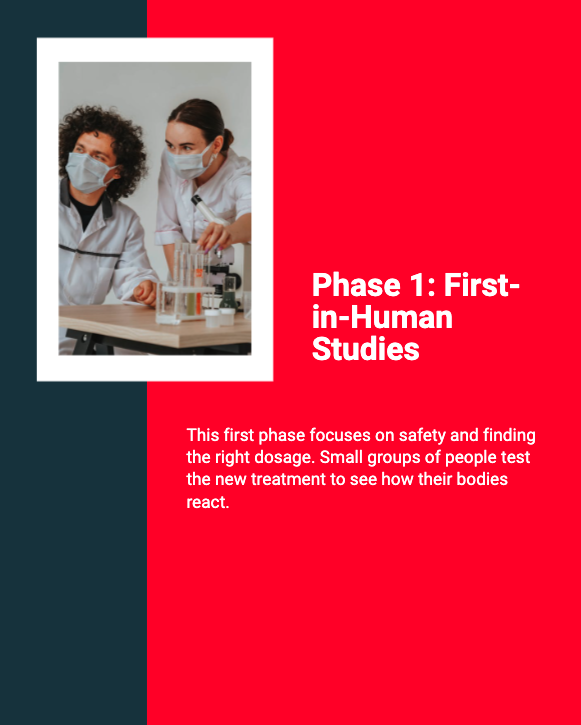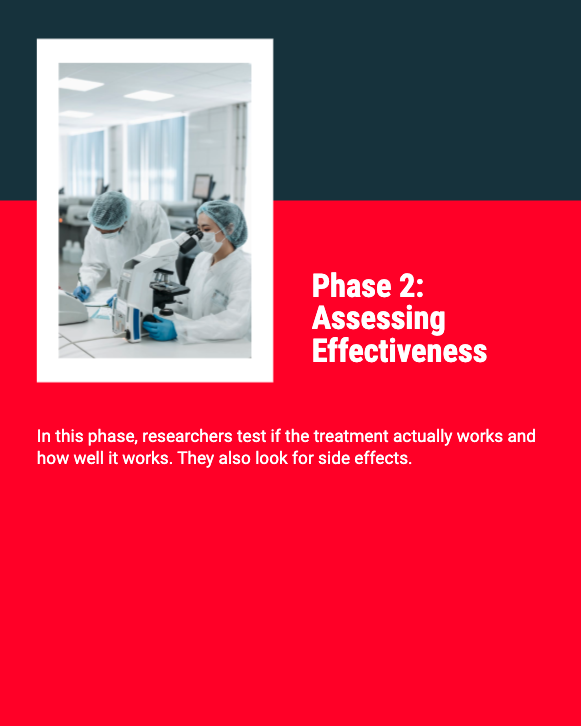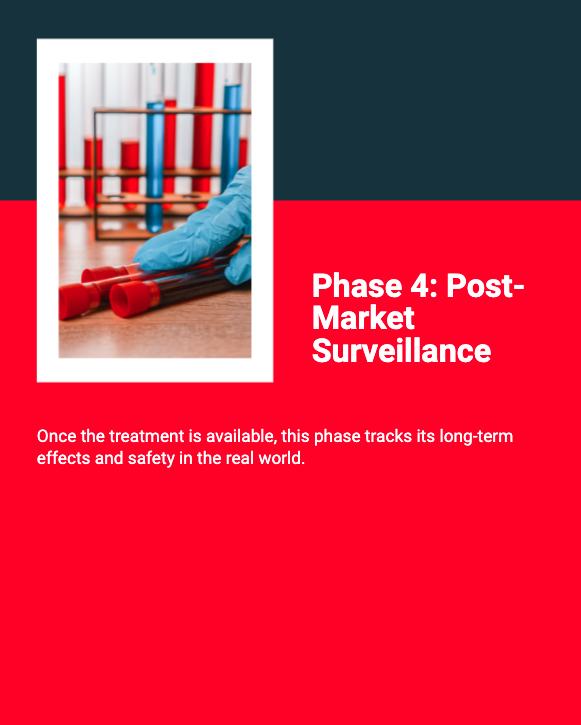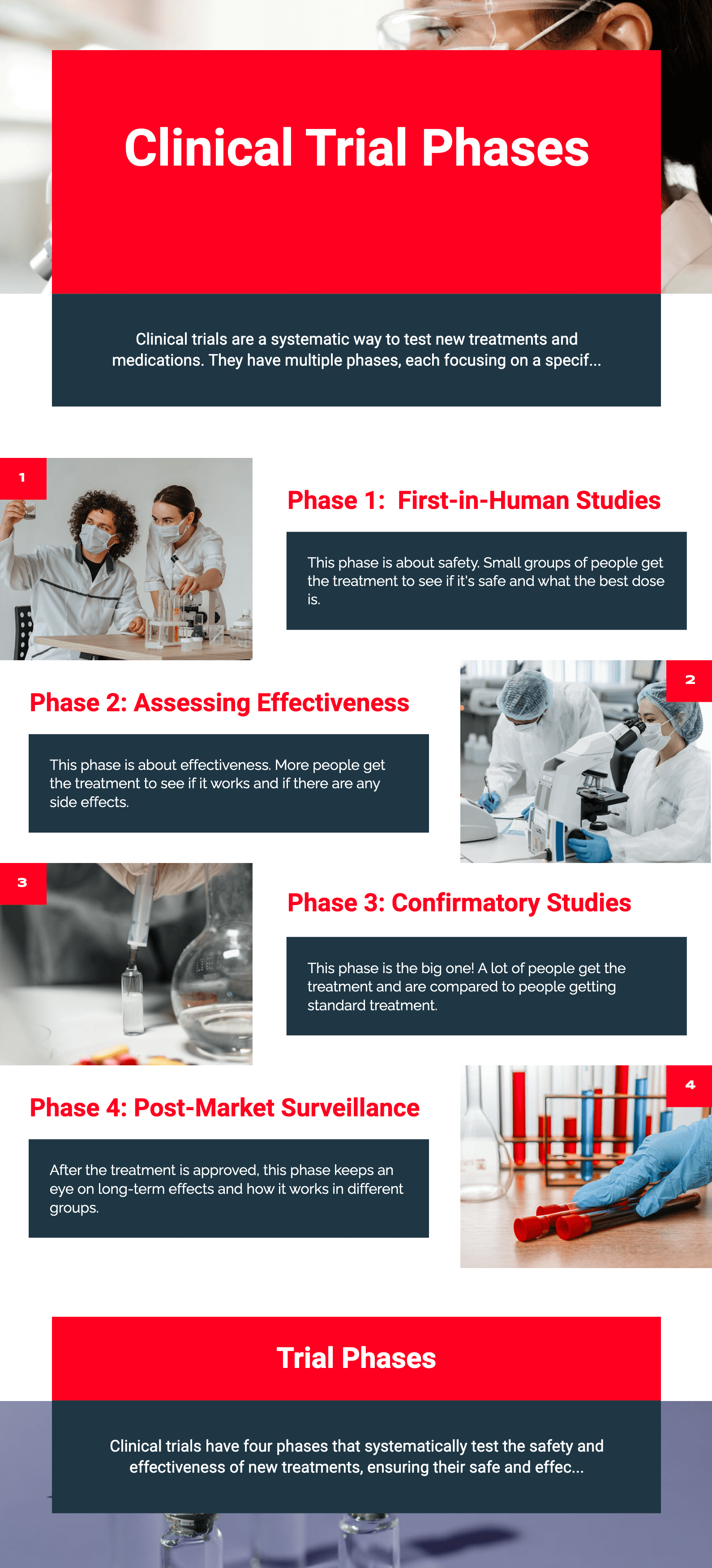Clinical studies continue to be the cornerstone of the advancement of modern medicine. They allow an investigation into new treatment regimes, medications or medical apparatuses in terms of risks and effectiveness. Exploring the stages of clinical studies in medical research helps understand this complex and systematic method and why it is necessary to carry out the studies before a new therapy is accepted. This article describes the primary complexities of clinical study phases and their relevance to contemporary medicine.
Clinical studies are systematic research endeavors carried out in groups including patients, clinicians, investigators, and sponsors to overcome a specific health challenge. Common terms like randomized clinical studies, phases of clinical studies, and decentralized clinical studies denote the variation of the study’s approach.
Stating these stages is not enough because there is still a very important point to elucidate. And that point concerns the significance of clinical studies. These studies:

The phased structure ensures safety, gradual progression, and systematic evaluation. Each stage of clinical research contributes unique insights, addressing potential risks and benefits. Exploring the stages of clinical studies in medical research demonstrates how this method minimizes bias and upholds ethical standards.

Phase 1: First-in-Human Studies
Phase 1 studies are the first step in exploring the stages of clinical studies in medical research that involve human participants. The population recruited is normally small, as it comprises either only healthy volunteers or patients.
Goals of Phase 1:
This stage often involves paid clinical studies, offering incentives for participants while emphasizing safety. Studies for small molecules, such as new pharmaceutical drugs or monoclonal antibodies, are typically initiated in this phase to explore their feasibility and safety.

Phase 2: Assessing Effectiveness
People selected are more during Phase 2 clinical studies to test its efficacy by the treatment. Phase 2 majorly deals with certain disorders such as cancer, diabetes, cardiovascular diseases, etc.
Key Features:
One example is a study into new cancer treatments, such as those explored in worldwide clinical studies.

Phase 3: Confirmatory Studies
Phase 3 is a critical stage in the process of medical research on clinical study levels. Conducted on a large scale, these studies confirm the treatment’s effectiveness and monitor adverse reactions.
Key Objectives:
At this stage, studies aim to validate the treatment for approval by regulatory authorities, such as the FDA or EMA. For example, a global Phase 3 study studying the effectiveness of immunotherapy drugs involved 5,000 participants.

Phase 4: Post-Market Surveillance
Once a treatment has passed Phase 4, the studies involve monitoring its long-term effects on a wider population. Sometimes referred to as "post-market surveillance," this phase ensures the continued safety of the drug or therapy.
Key Highlights:
Studies in this phase often focus on refining dosing or addressing niche conditions, such as decentralized clinical studies for remote monitoring of patients.
The rise of technology has revolutionized the study process. Digital tools and decentralized clinical studies enhance participant access and data collection. These methods are particularly valuable in addressing challenges faced during traditional studies, such as geographic limitations or logistical barriers.
An example is a decentralized study conducted totally through telemedicine and home-based monitoring, which exemplifies the future clinical study solutions for CROs.

Despite advancements, challenges remain in conducting studies, particularly in paid clinical studies near me or in rural areas. Key issues include participant recruitment, funding, and logistical hurdles.
Addressing Recruitment: Offering monetary incentives or focusing on conditions like the highest-paid clinical studies near me can improve enrollment. However, ethical guidelines must ensure these methods do not coerce vulnerable populations.
 27.02.2025
27.02.2025